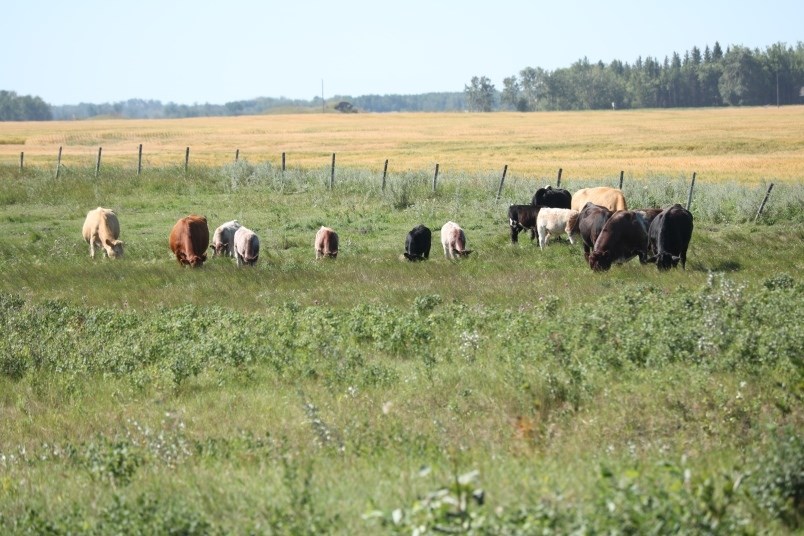It’s just past mid-July.
It should be a time when farmers, in particular grain farmers can pause and exhale, just a little. It is that time between seeding and spraying just completed and the hectic time ahead that is harvest. It is a time when maybe a producer gets to the lake to fish for a day, or to take the family camping without getting other work undone on the farm.
This year however, this lull in the work schedule is quite simply a time of stress for most.
The combination of too many days where the temperature has surged past 30C, and far too many days without significant moisture has put huge drought stress on crops across Saskatchewan and the Prairies.
A recent moisture conditions map from the provincial government shows a rather bleak picture. Topsoil moisture for Saskatchewan's cropland was rated as eight per cent adequate, 39 per cent short and 53 per cent very short.
The problem becomes worse as August arrives because it will soon become too late for moisture, should it come, to do crops a lot of good.
The situation is one which obviously hits grain producers hard as the drought conditions are going to cut yields significantly, no matter what happens the rest of the summer, a level of damage in terms of yield potential has hit almost every crop.
The situation is perhaps even worse for many cattle producers.
Pastures which are supposed to feed herds through the summer are not producing as they should, which will force producers to feed more hay.
In some cases, water sources such as dug-outs are drying up as well, making the situation more immediate and dire.
Of course hay yields are short due to the drought, and that brings forth questions of what producers will feed this winter.
Since there is a drought buying hay is becoming a very high cost option that won’t be financially viable for many producers.
The situation for cattle, and sheep producers, may be to sell off portions of the herd/flock. A sell-off of course tends to push prices down and lower returns, and it also means the loss of herd genetics often created through years of a carefully laid out breeding program.
It’s a no-win situation for farmers needing pasture and hay to operate.
The situation is bad news for more than producers too.
While government is starting to respond with programming to help producers, they will not generate the incomes of a good crop.
With less income, farmers will not be spending money as they normally would, and since agriculture is an economic driver on the Prairies it will hurt business.
Coming on the heels of the economic impact the COVID-19 pandemic has had the past 18 months, the drought is bad news for business too.





